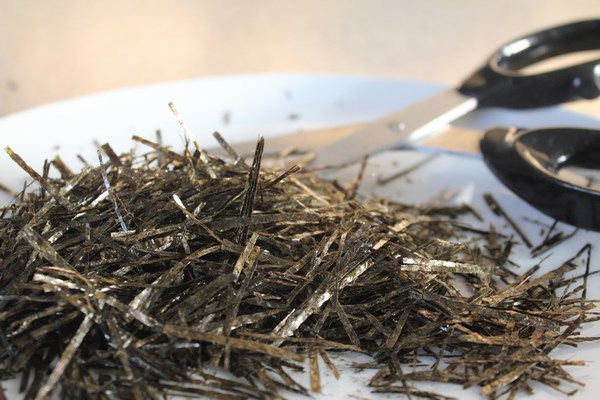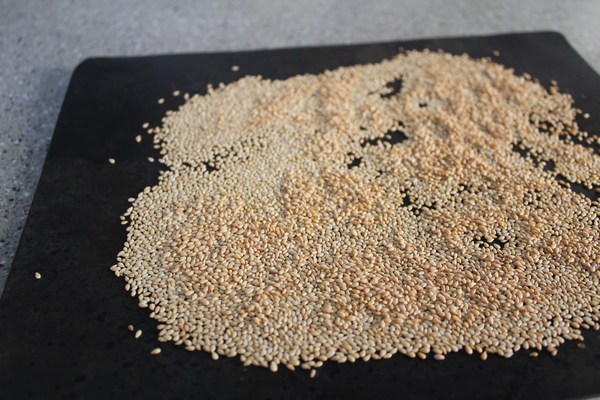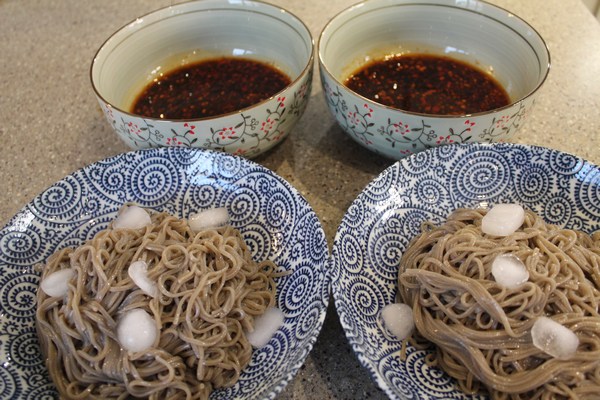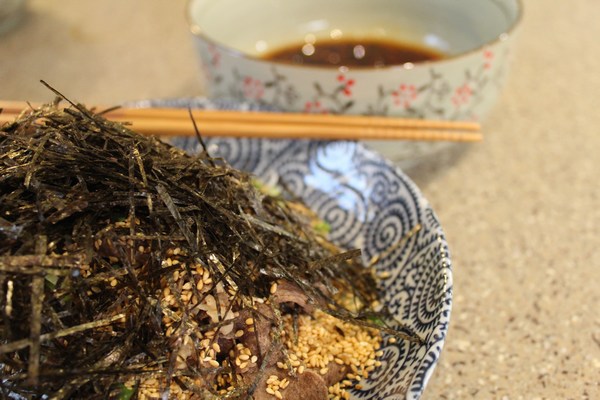Tsumetai Niku Soba
For years, I had dreamt of going to Japan. Over the years, my interest in Japanese culture and food only grew and I just knew that I would have to visit Japan some day. That day eventually came, and in the months leading up to the trip, I collated restaurant recommendations like a magpie. One of these recommendations included a standing soba restaurant in Tokyo, where I had the most delicious cold dipping noodles dish; Tsumetai Niku Soba. When I returned from my trip, I vowed to try and recreate the dish that I had enjoyed so much in Japan.
The dish comprises of two bowls. In one bowl, you get your cold noodles and all the toppings generously piled on top; in the other bowl a soy-dipping sauce with a slick of fragrant chilli oil over the top. Pick up a clump of your noodles and toppings and dunk them into the dipping sauce to get a deliciously refreshing meal. Ideal for summertime.
Here is my cheat’s way to create something that closely resembles what I ate in Japan:





